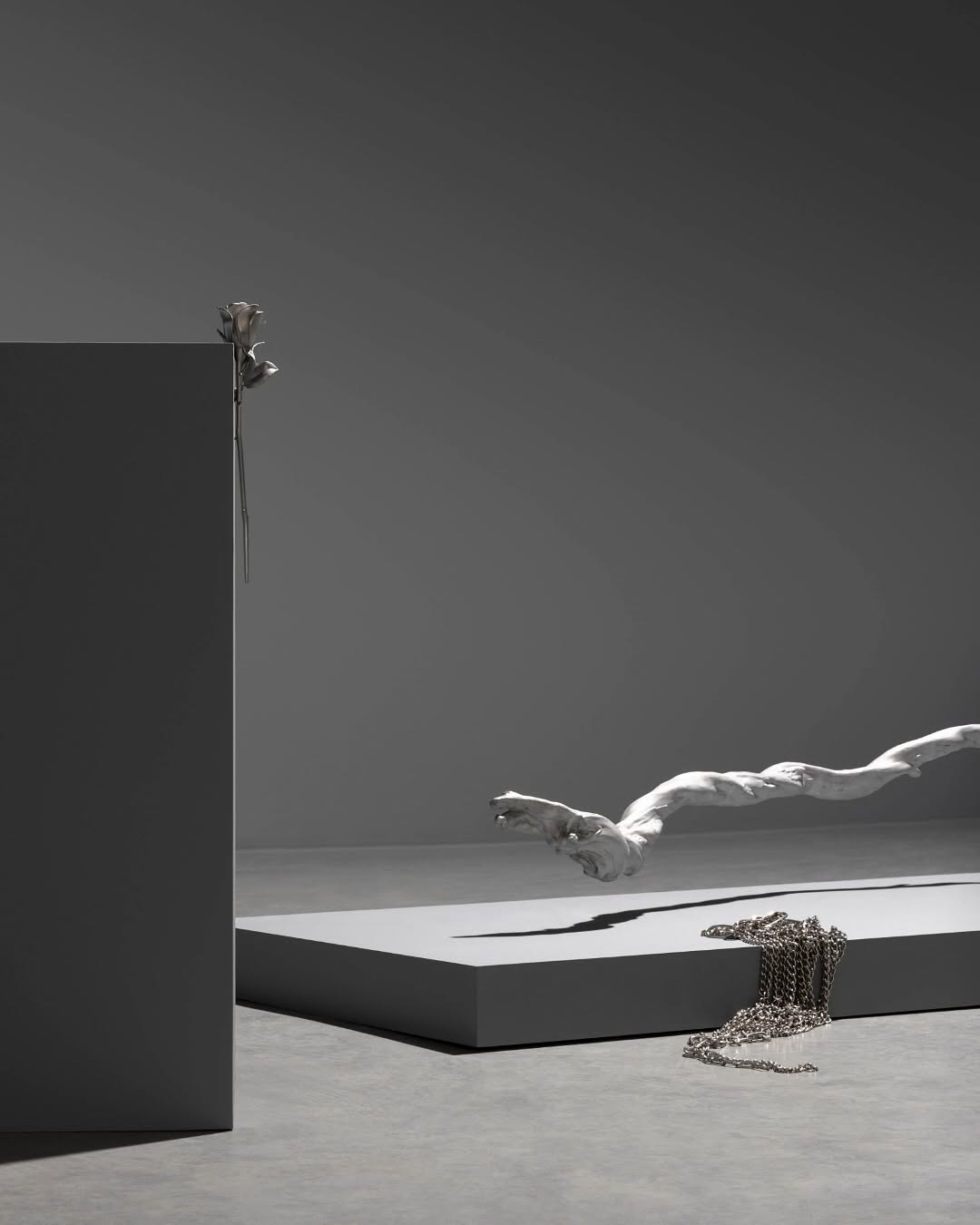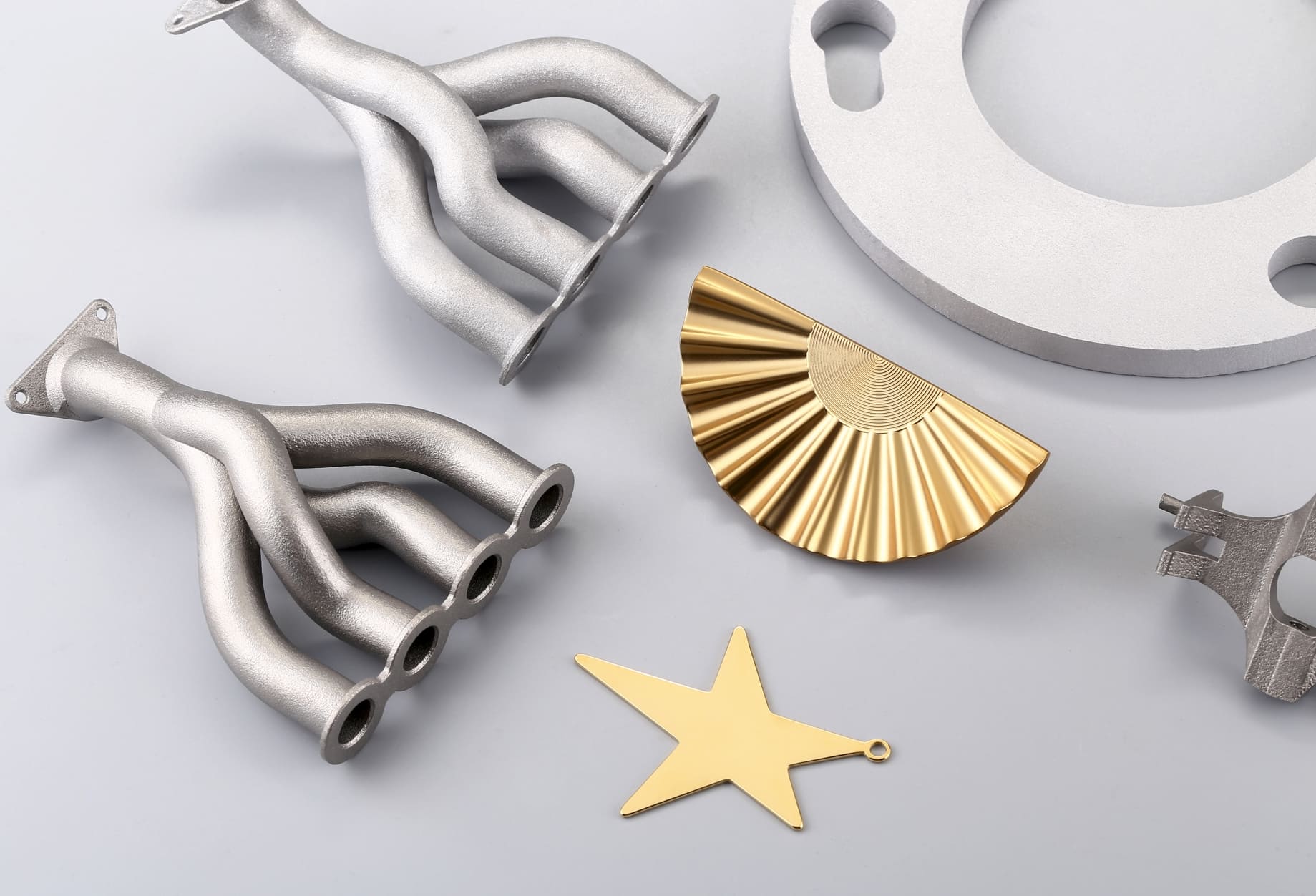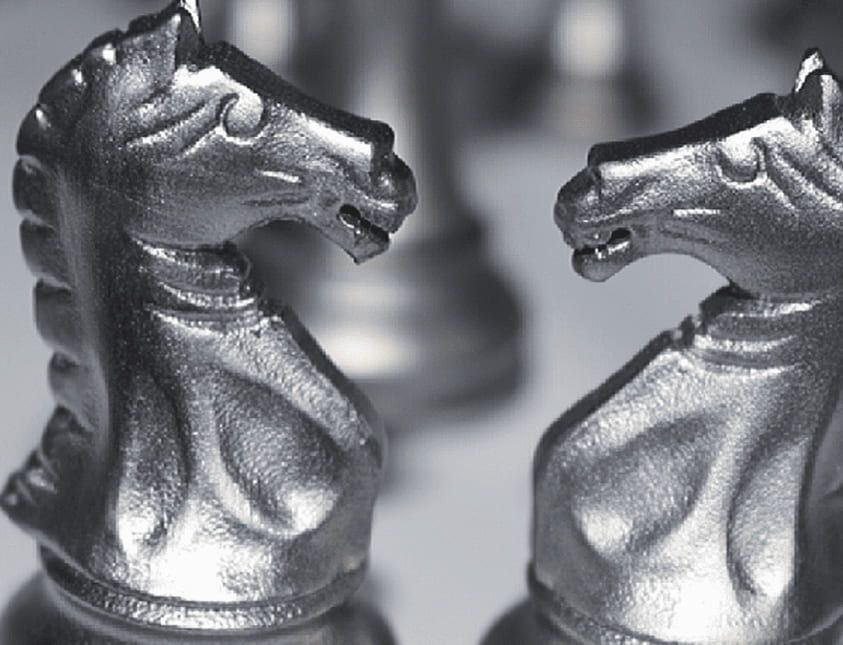- “As artists, how has 3D printing technology influenced your creative process or expanded your possibilities?”
-- “Endlessly. It allows us to work with complicated natural and manmade forms and by printing in metals, we can really work the finish afterwards to elevate them to something special and unrecognizable. Using 3D printing feels limitless in what we can imagine and produce and because not that many people are using it in high art and furniture, we can create works that are sincerely unique.”
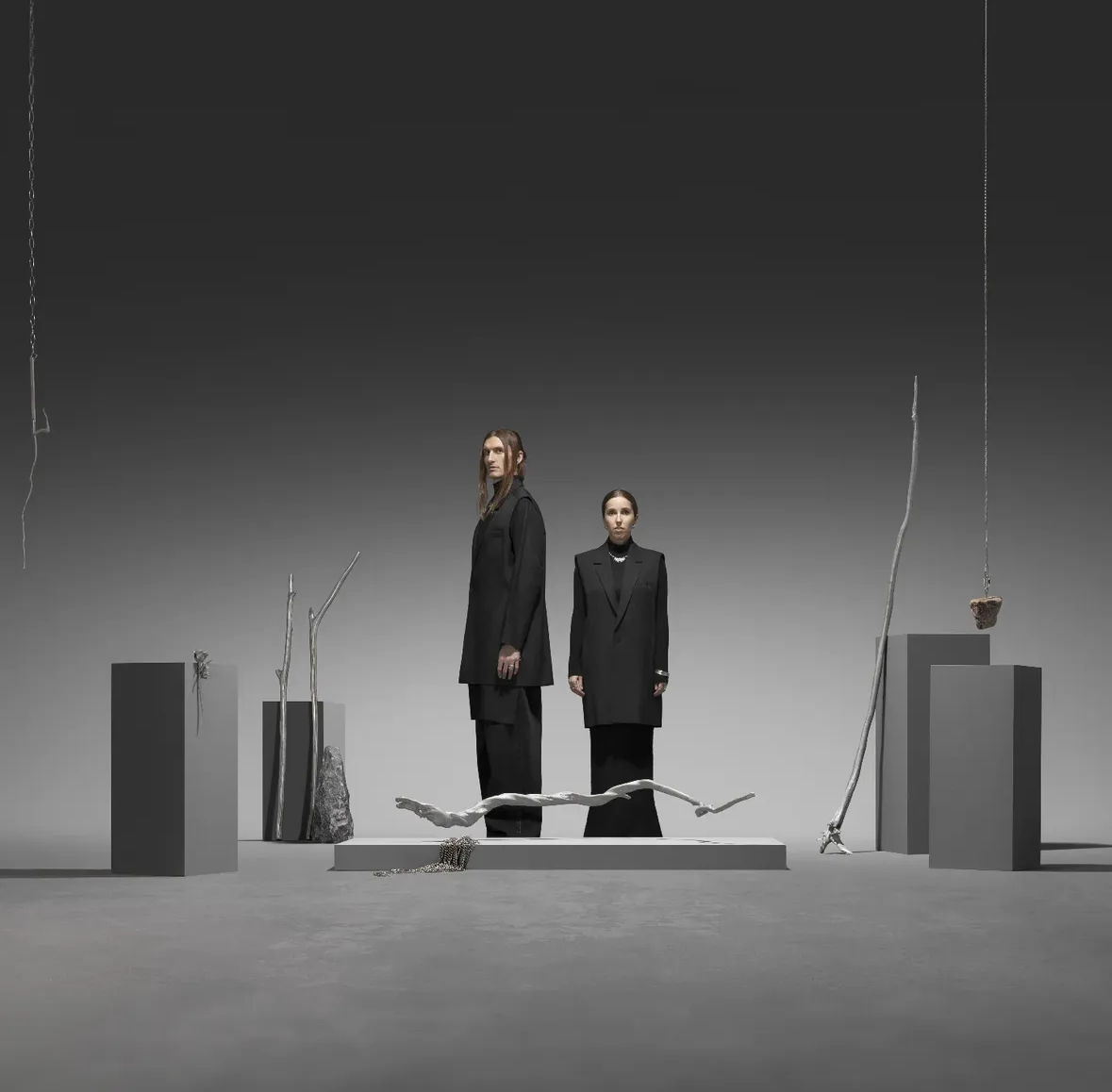
Bridging Art and Technology
The intersection of art and technology has unlocked unprecedented creative possibilities, as demonstrated by the collaboration between 3DSPRO and the artistic duo Batten & Kamp. 3DSPRO joined forces with artist duo Batten & Kamp to realize the “Echo” series for their From a Distance exhibition by leveraged Selective Laser Melting (SLM) metal 3D printing to realize the intricate “Echo” series—a collection of sculptural light installations. The partnership exemplifies how advanced manufacturing techniques can enrich contemporary art, enabling artists to transcend traditional limitations while preserving the raw beauty of natural forms.
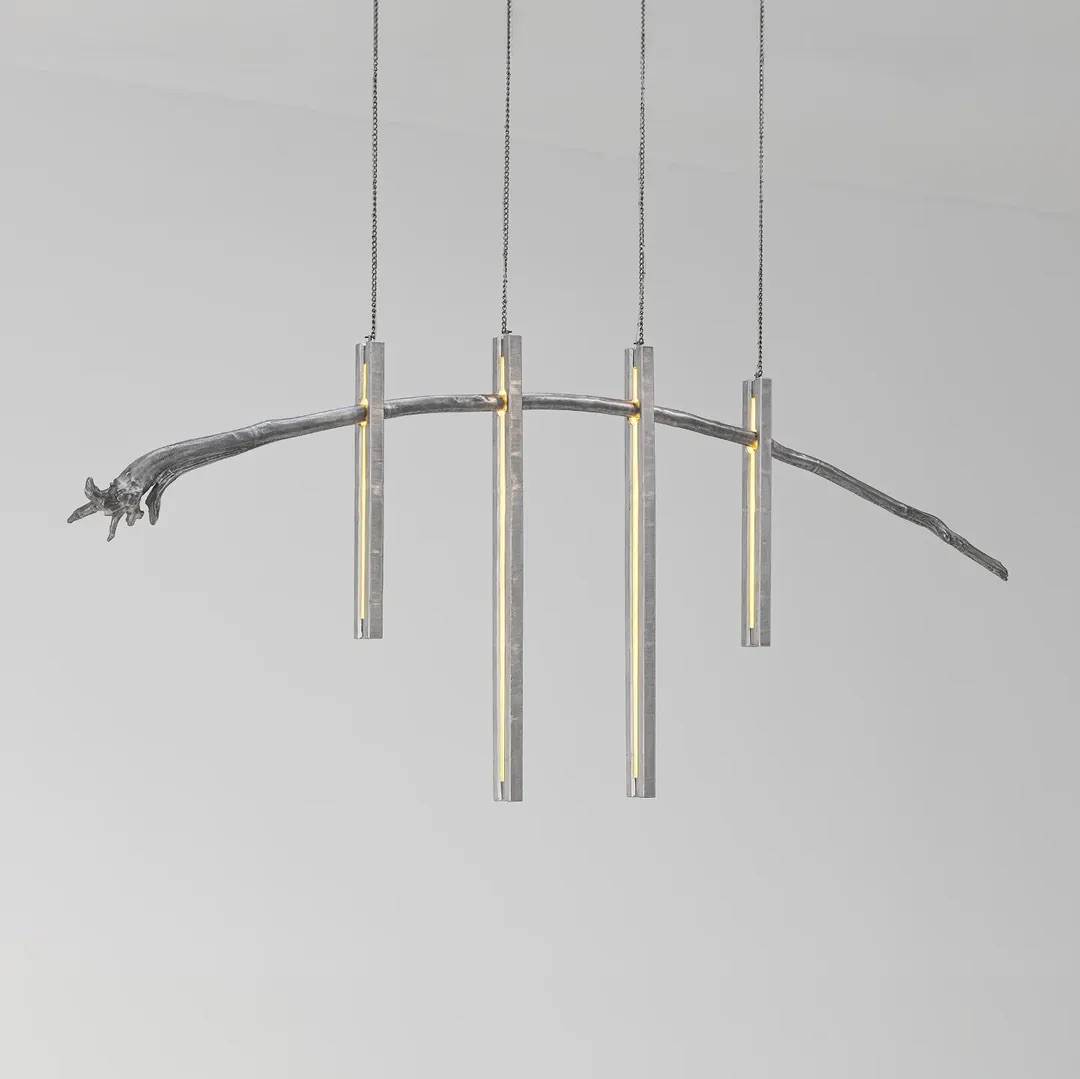
The Vision Behind “From A Distance”
“From a Distance was an incredibly personal project. The process of making the works involves us gathering and selecting branches from nature which we 3D scan and replicate in aluminum. Echo 01 and Echo 02, shown in the exhibition, are composed using branches found at two sites of personal significance to us, the sites of a wild-fire and a flood, in our respective New Zealand home towns. The project has opened up a whole new aesthetic universe for us to explore in our practice.”
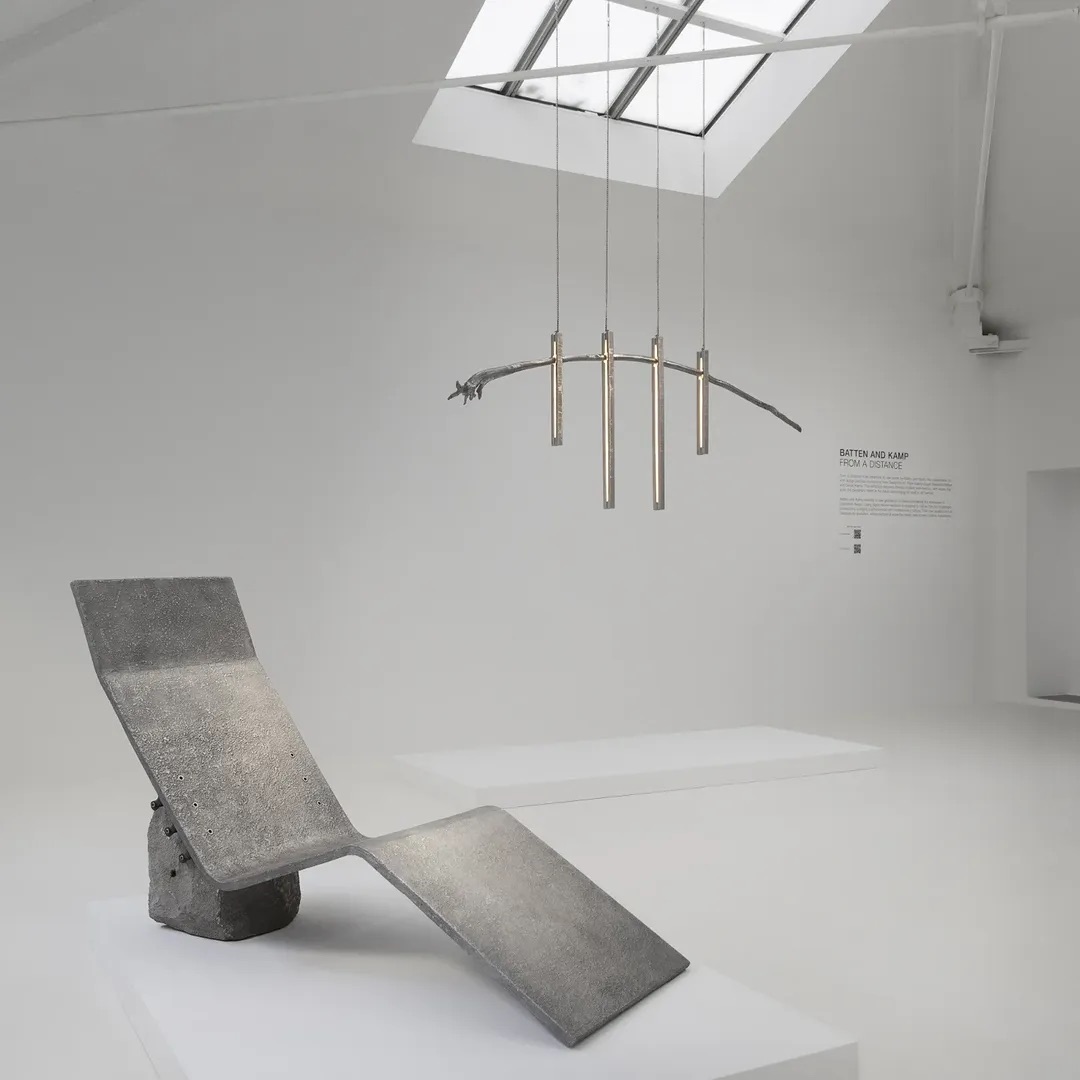
At its core, From a Distance explored themes of place, memory, and transformation through natural forms caught between fragility and resilience. Batten & Kamp drew inspiration from natural disaster sites in their New Zealand hometowns—specifically, locations scarred by wildfires and floods. The duo gathered branches from these emotionally charged environments, 3D scanned them, and transformed them into a digital archive of memories. Then they reinterpreted the branches as suspended aluminum light sculptures called “Echo”.
3DSPRO’s Role: From Digital Models to Tangible Art
“It was very smooth working with 3DSPRO; we appreciated how willing they were to try something new and come up with solutions to make it work, we really felt like we had a partner in the manufacturing process.”
Selective Laser Melting (SLM) was the ideal production method for the “Echo” series due to its ability to:
• Capture Intricate Geometry: SLM builds each branch replica layer-by-layer precisely, ideally reproducing the fine twists, knots, and bark textures from the original scans—features that would be impossible to mold or machine at this scale.
• Integrate Functional Channels: Because the LED wiring and light strips needed to be hidden within hollow branches, SLM 3D printed parts allow internal voids and snap-fit conduits, ensuring perfect tolerances.
• Minimize Material Waste: By selectively melting only the powder required for the part, SLM reduces scrap compared to subtractive methods, keeping production efficient, green and cost-effective for complex shapes.
• Maintain Structural Integrity: Aluminum parts printed via SLM exhibit excellent strength-to-weight ratios, allowing the large suspended sculptures to feel lightweight yet robust under load.
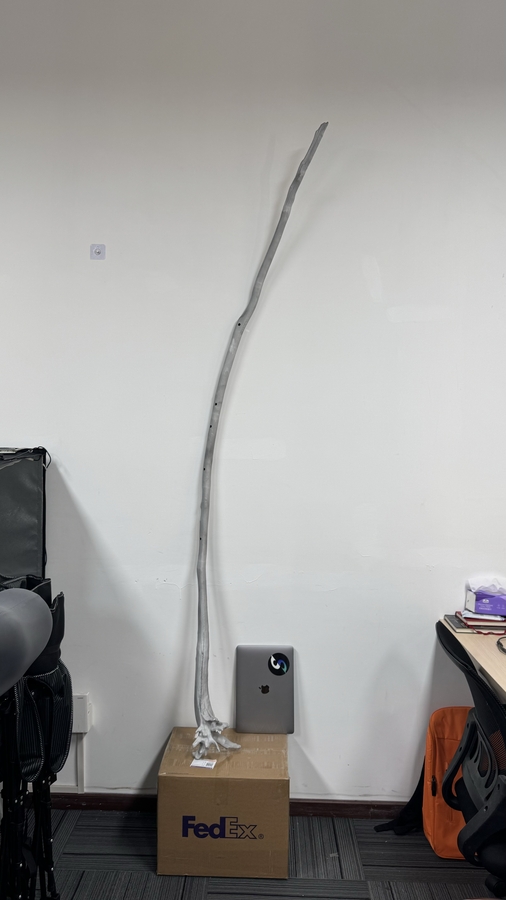
Once printed, each segment underwent a series of finishing steps carried out by 3DSPRO:
Sandblasting propels abrasive media (such as aluminum oxide or glass beads) at high velocity onto the part’s surface to clean, roughen, or texture it. For the “Echo” series, sandblasting removed any residual loose powder and created a uniform matte texture. By selecting different grit sizes, the team could fine-tune the surface roughness, enhancing the way each branch catches and diffuses light.
Precision Welding:
Welding joins two metal pieces by melting their edges—often with a concentrated heat source such as a tungsten inert gas (TIG) torch—then allowing them to fuse as they cool. Because the sculptures exceeded the printer’s build volume, each branch was split into sections and welded back together. Skilled welders ensured that joints were strong yet virtually invisible, grinding and blending the weld beads so the branches read as continuous organic forms.
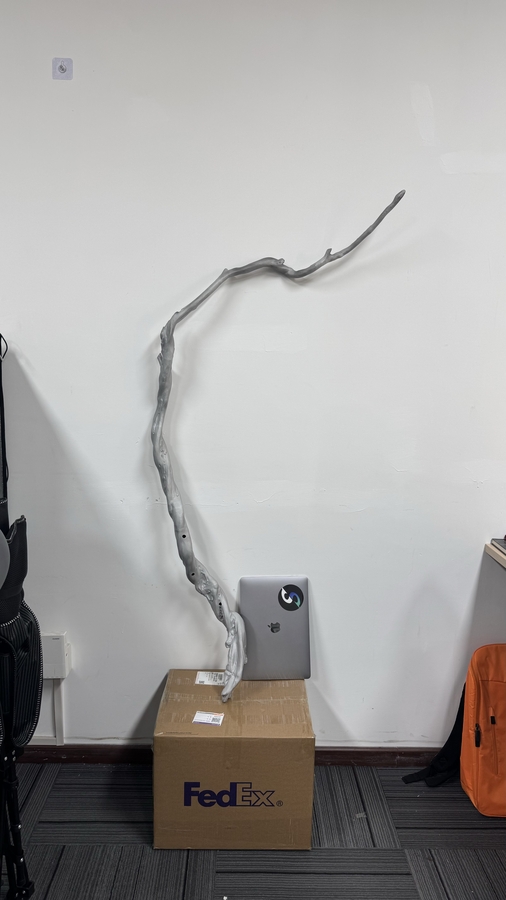
Challenges and Innovations in the Collaborative Process
“I suppose the size was the first major obstacle because we wanted to create such large works that required welding. The second was the light fittings themselves, as they had to be designed to hide the LED strip and wiring, it was quite complicated. However, 3D printing as a process was perfect for this as we could design the system digitally and know that when it was printed the tolerances would be perfect. We couldn't have achieved this with metal casting.”
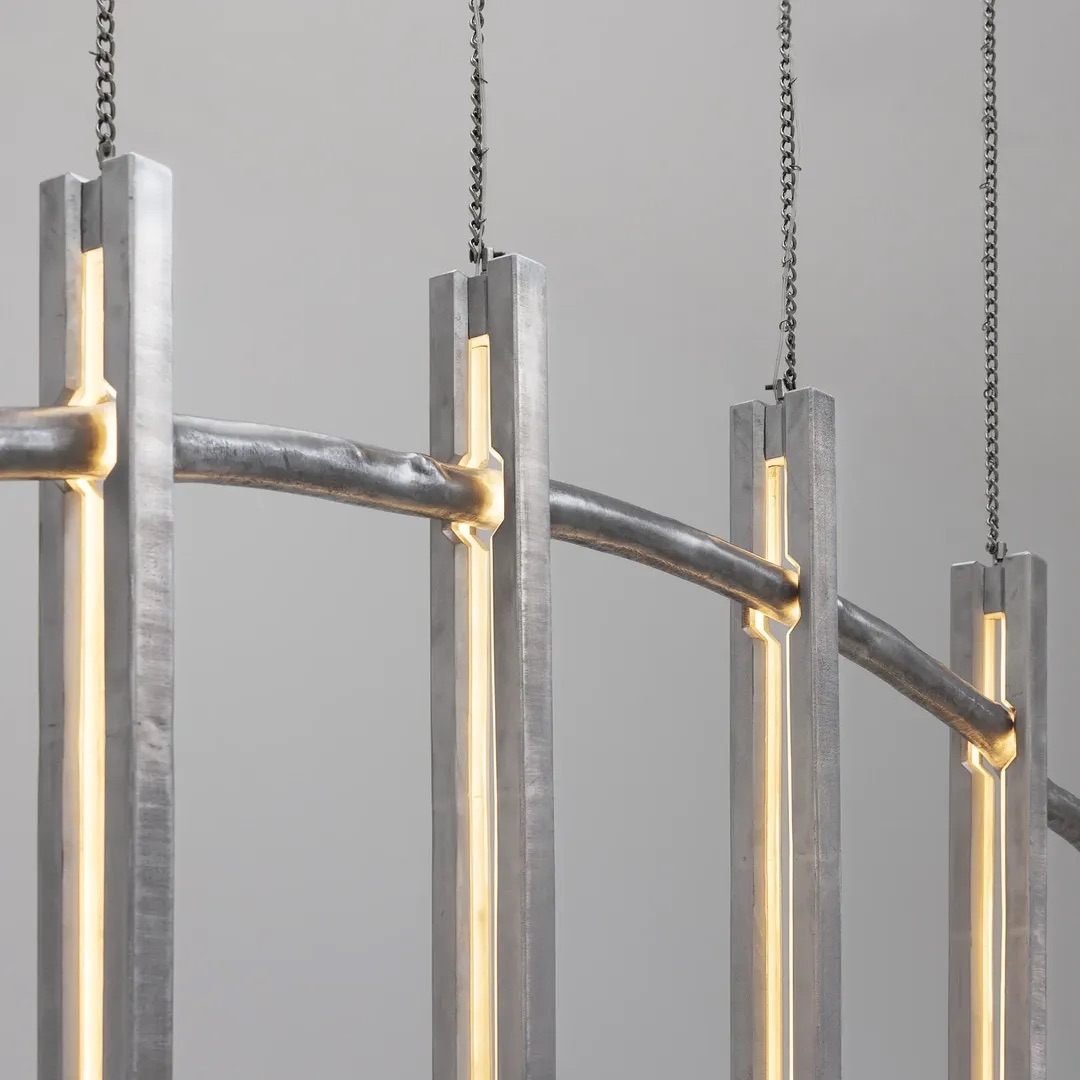
The project’s primary challenges included scaling the sculptures beyond standard print-bed sizes and integrating discreet lighting systems. Welding discrepancies and tight deadlines further tested the partnership.
To resolve these, Batten & Kamp and 3DSPRO adopted a hybrid workflow: 3DSPRO focused on delivering flawlessly printed parts, and some post-processing options, refine and assembly were managed in-house by the artists. Transparent communication about timelines and technical constraints proved crucial, fostering trust and ensuring alignment despite the high-pressure environment. The hybrid solutions not only salvaged the project but also set a precedent for future collaborations, balancing technological precision with artisanal craftsmanship.
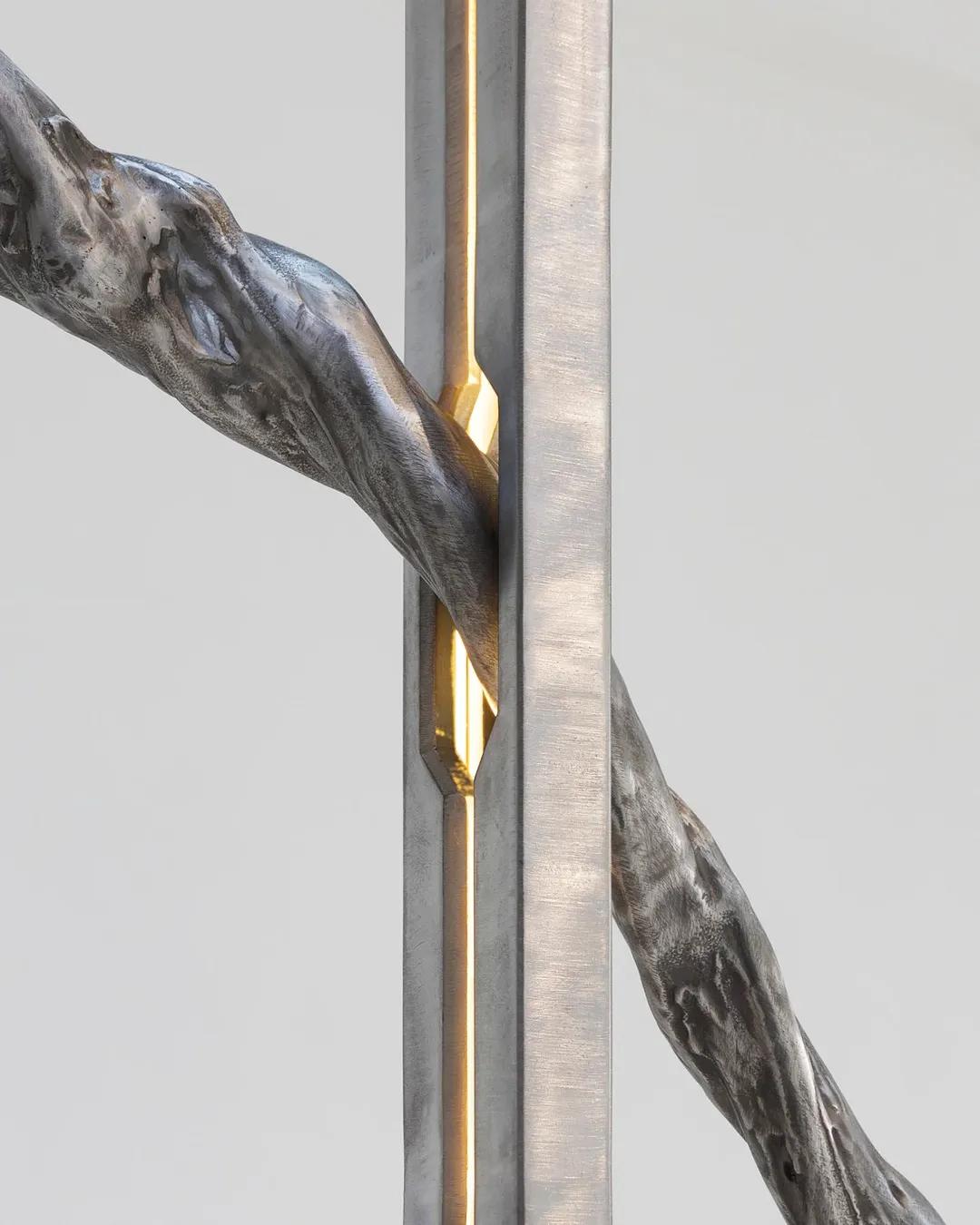
Impact on the Art and Design Landscape
From a Distance embodies how 3D printing can democratize artistic innovation. By replicating organic complexity in durable metals, 3D printing enables artists to explore forms previously thought unattainable. Batten & Kamp’s work challenges the boundaries of “high art,” proving that industrial technology can coexist with deeply personal narratives. For the design community, this project signals a shift toward a collaborative model, where artists and technologists work together to unlock new aesthetic worlds.
